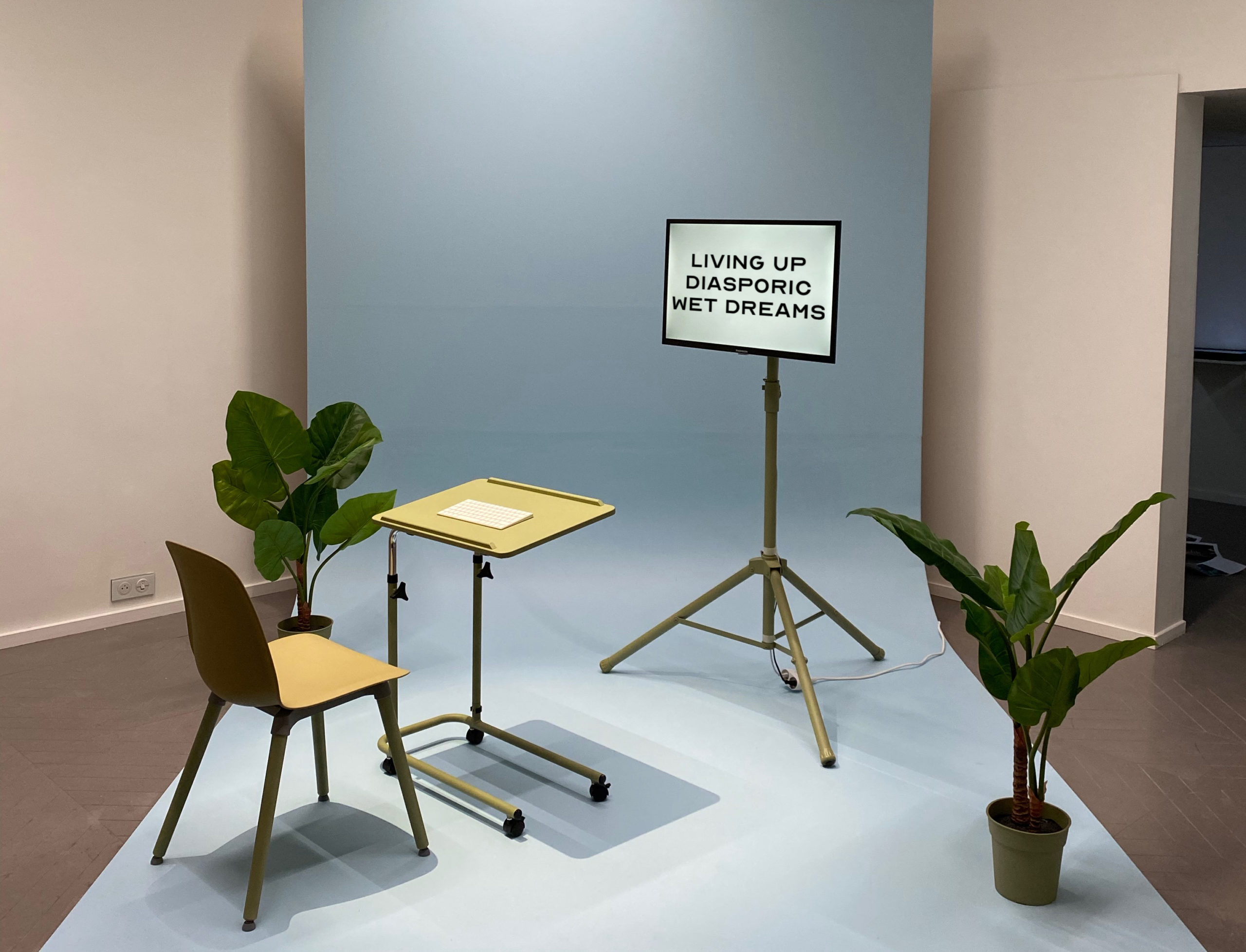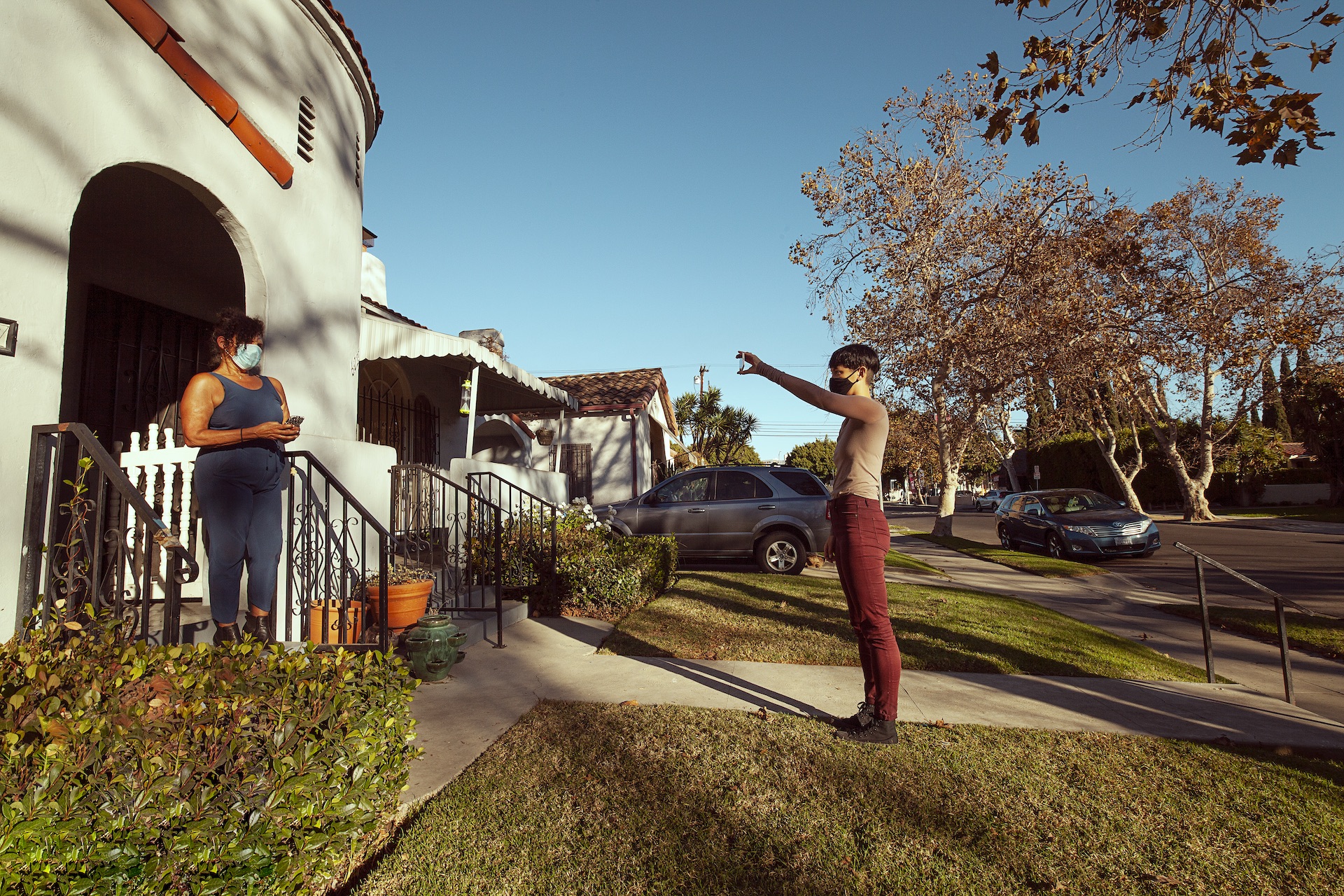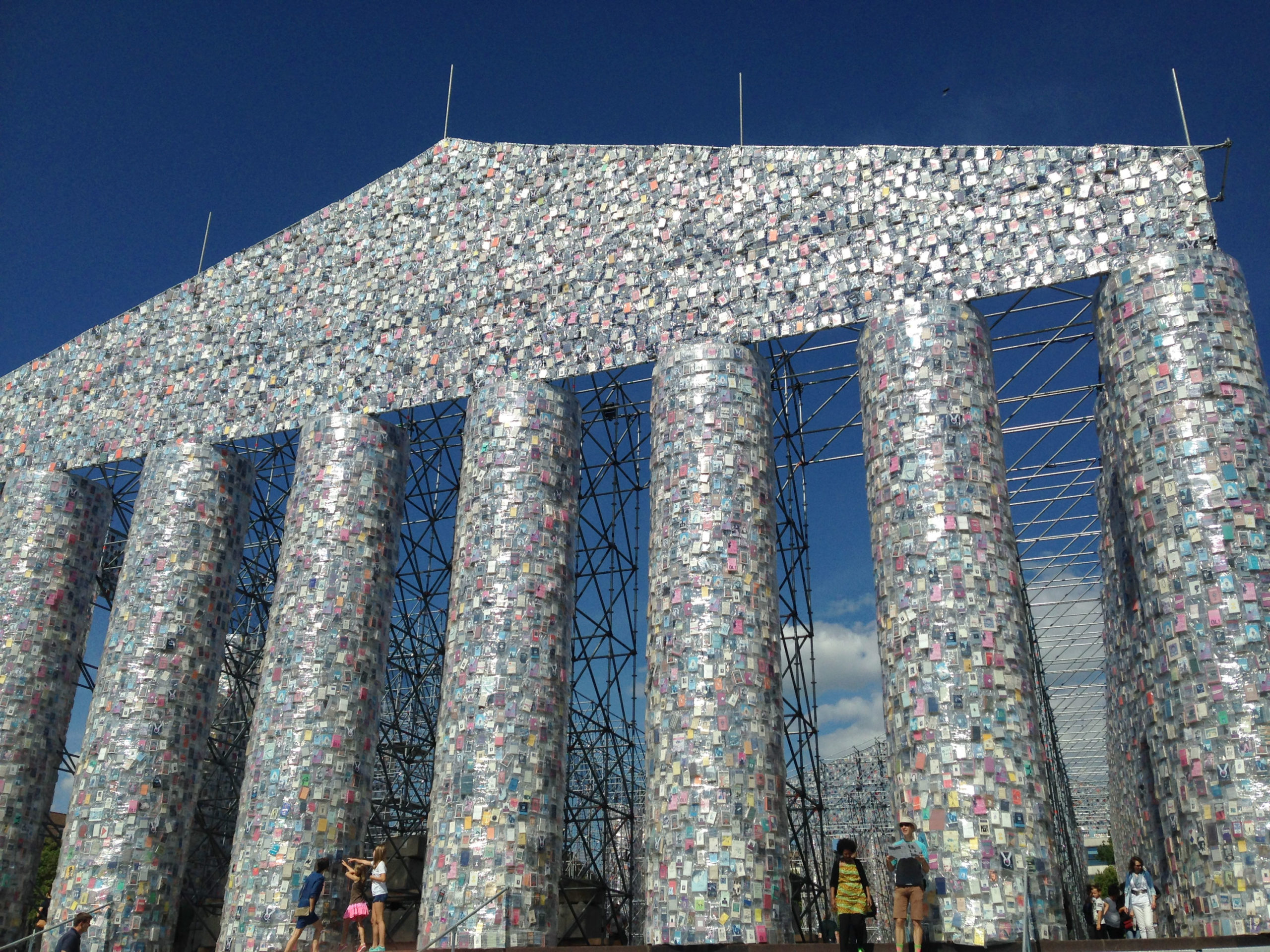https://www.antiatlas-journal.net/pdf/antiatlas-journal-06-armanet-fournier-parizot-penicaud-introduction-en.pdf
antiAtlas Journal #6, 2023
antiatlas-journal #6 : HETErographies, AN introduction
Eléonore Armanet, Thierry Fournier, Cédric Parizot
and Manoël Pénicaud
Heterographies is the issue 6 of antiAtlas Journal, featuring contributions from Crys Aslanian & Ludmilia Postel, Claire Lapique & Ana Maria Lozano Rivera, Lauren Lee McCarthy, Manoël Pénicaud and Patrick Suter. It looks at the ways in which humans write themselves and "their others". For the first time, the articles in this issue will be published progressively, between June and October 2023
antiAtlas Journal - www.antiatlas-journal.net
Director of the Publication: Jean Cristofol
Editorial Director: Cedric Parizot
Art Direction: Thierry Fournier
Editorial Committee: Jean Cristofol, Thierry Fournier, Anna Guilló, Cédric Parizot, Manoël Penicaud
Lauren Lee McCarthy, Autoreply, installation, exhibition photograph, Selphish curated by Thierry Fournier and Pau Waelder, Mécènes du Sud Montpellier-Sète, France, 2020. Photo © Elise Ortiou-Campion. URL: https://lauren-mccarthy.com/Autoreply
Introduction
1 The starting point for this issue is a reflection undertaken within the Institut d'ethnologie méditerranéenne européenne et comparative d'Aix-en-Provence (IDEMEC), based on a cross-reading of Michel de Certeau's work on writing and that of André Leroi-Gourhan on style, which, according to the latter, has a particularizing function and helps to establish a group's identity. In seeking to understand the ways in which humans write themselves and "their others", we argue that writing generates style and vice versa, that this singularization gives rise to otherness and constitutes a practice of difference, just as Michel de Certeau's "heterologies" are "discourses on the other". The neologism "heterography" is therefore first and foremost to be understood as "the writing of difference". It does not simply designate the communication of a thought that is prior to it, but rather refers to the process and devices of its construction and materialization.
Seeking to understand the ways in which humans write themselves and "their others"
The mobilization of the term heterography thus aims to grasp the ways in which humans represent and stage the world in a differential manner. For while writing supports a relationship with reality, we are witnessing a historical multiplication of scriptural regimes, in a post-digital context. The prefix "post" here does not designate a temporal period (the post-digital era), but the fact that the effects of the digital are now perceptible everywhere, and are constitutive of all our practices and representations.
This issue focuses on the challenges of the multiplication of modes of writing within art and the humanities and social sciences. Researchers have amply underlined the influence of forms of writing on the ways in which they observe, analyze and disseminate their research. As for artists, they deploy multiple forms of writing as critical devices, while also questioning their roles and those of text in contemporary societies. How do these developments influence our relationship with the world, and modify the objects of research and/or creation, and the ways in which they are disseminated? What methodological, ethical and epistemological challenges do they pose? Are artists and researchers inventing common projects around writing forms and devices?
This issue will bring together contributions from artists whose approach includes a reflection on the role of forms of writing, and from researchers in the humanities and social sciences who are experimenting with forms of writing other than text (documentary, museography, etc.) and/or who are integrating artistic practice into their research process.
antiAtlas Journal is also itself a heterographic device: it offers an exploratory editorial space, which authors are expressly invited to seize. The journal’s "landscape articles” are organized on a very large page, where readers can move freely, experiencing a variety of relationships between texts and media. Each author has proposed a large number of images, sketches, diagrams, maps, videos and sounds, in constant dialogue with his or her subject. Far from being reduced to an illustrative dimension, these media elements are integral to the very meaning of the articles.
next...
Lauren Lee McCarthy, You Can Say
Lauren Lee McCarthy, I heard TALKING IS DANGEROUS, Los Angeles, 2020, photo © Kat Kaye
2antiAtlas Journal invites for his #6 "Heterographies" the LA-based artist Lauren Lee McCarthy, who examines social relationships in the midst of surveillance, automation, and algorithmic living:
"A software system is a set of instructions, a code or a script. I apply a similar logic to social interaction, trying to interface with others. But there is always a humanness in the interpretation of a social protocol, whereas a machine interpreter demands a precise series of directions or it fails. As technology moves ever closer to us, the scripts start to blend."
https://www.antiatlas-journal.net/06-lauren-lee-mccarthy-you-can-say
Lauren Lee McCarthy creates artworks that use a variety of media and techniques, including performance, artificial intelligence and programmed computer-based interaction, which question the way they interfere in social relations. In 2017, with her work LAUREN, she invited participants to install a virtual personal assistance system in their homes, similar to on Amazon Alexa - the essential difference being that the device was animated 24/7 by the artist herself. The roles were reversed in her project SOMEONE, where visitors had 24-hour access and control of McCarthy's home. SOMEONE was awarded the Ars Electronica Golden Nica and the Japan Media Arts Social Impact Award, and LAUREN was awarded the IDFA DocLab Award for Immersive Non-Fiction.
Lauren's work has been exhibited internationally, at places such as the Barbican Centre, Fotomuseum Winterthur, Haus der elektronischen Künste, SIGGRAPH, Onassis Cultural Center, IDFA DocLab, Science Gallery Dublin, Seoul Museum of Art, and the Japan Media Arts Festival. Lauren is also the creator of p5.js, an open-source art and education platform that prioritizes access and diversity in learning to code, with over 10 million users. She expanded on this work in her role from 2015–21 on the Board of Directors for the Processing Foundation, whose mission is to serve those who have historically not had access to the fields of technology, code, and art in learning software and visual literacy. Lauren is a Professor at UCLA Design Media Arts. She holds an MFA from UCLA and a BS Computer Science and BS Art and Design from MIT.
Keywords: art, scripts, protocols, code, communication, voice, breakdown, presence.
next...
This introduction will be completed as the articles in issue 6 are published.

To quote this article : Armanet Eléonore, Fournier Thierry, Parizot Cédric and Pénicaud Manoël, "antiATlas Journal #5, Heterographies, an introduction", published on June 28th, 2023, antiAtlas #6 | 2023, online, URL: www.antiatlas-journal.net/06-introduction-en, last consultation on Date

Patrick Suter, Heterographies and literary polyphonies (FR)

Marta Minujín, The Parthénon of books, Documenta 14, Cassel, 2017, photo © Patrick Suter
3 antiAtlas Journal #6 invites Swiss writer, critic and translator Patrick Suter, extraordinary professor of contemporary French-language literature at the University of Berne:
"By placing two monumental works (Marta Minujín's The Parthenon of Books and Michel Butor's Le Génie du lieu) in relation to each other, and while making a turn that leads from contemporary art to French-language literatures, this article examines procedures of exclusion in political space as well as ways of bringing together voices belonging to different cultural or social spaces."
https://www.antiatlas-journal.net/06-patrick-suter-heterographies-et-polyphonies-litteraires (article in french)
Patrick Suter is Professor of Contemporary French Literature at the University of Berne (Theory and History of Culture). He has examined the relationship between the press and literature from Mallarmé to Rolin (Le journal et les Lettres, MētisPresses, 2 volumes). His fields of research embrace the avant-garde, dramaturgy, poetry, interculturality and the study of borders in literature.
On the literary front, he has published Le Contre-geste (La Dogana, 1999), Faille (MētisPresses, 2005), and Frontières (Passage d'encres, 2014). As a translator, he has devoted himself to the German poet Annette von Droste-Hülshoff (Tableaux de la lande et autres poèmes, La Dogana, 2014). He has co-edited collective publications on Pinget (Robert Pinget. Inédits, Revue des Sciences Humaines, 317, 2015), on interculturality (Regards sur l'interculturalité, MetisPresses, 2016), on Goldschmidt (Georges-Arthur Goldschmidt - Überqueren, überleben, übersetzen, Wallstein,2018), on Butor (Michel Butor et la radio, Komodo 21, 15, 2021; Cahier Butor 2: Michel Butor et les peintres, 2022) and on the poetics of borders: Poétique des frontières. Une approche transversale des littératures de langue française, MētisPresses, 2021).
next...


